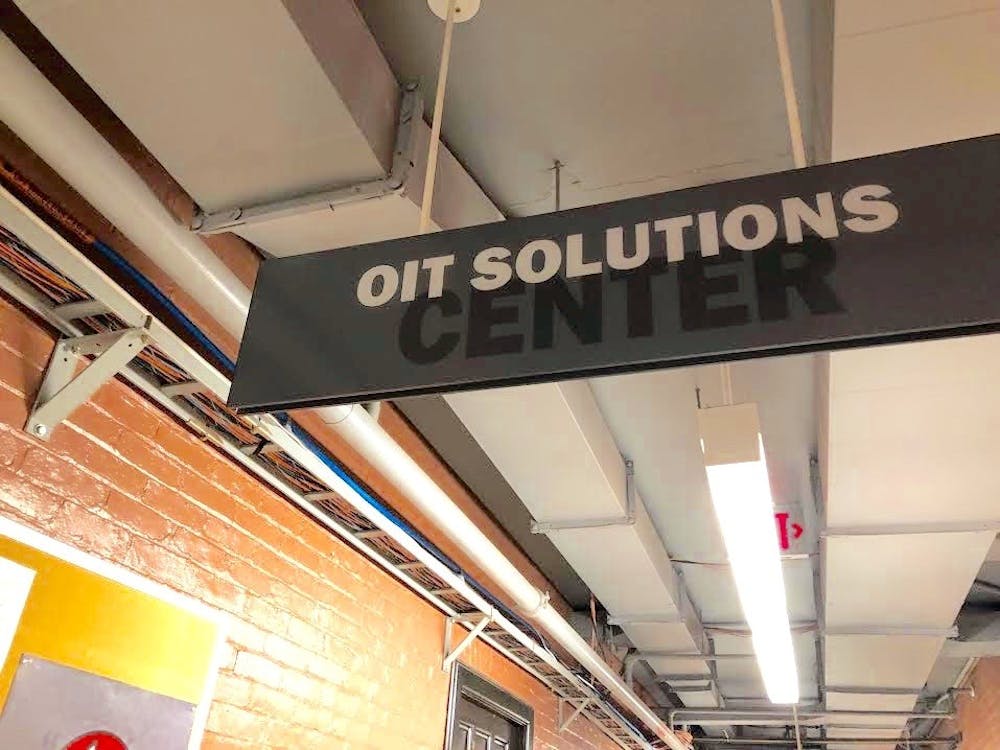Talking energy is like talking pop culture these days. I keep having the same type of conversation, and I keep running into the same kinds of misconceptions about the field. I think new and exciting solutions, whether they be new technologies or improvements to old designs, are out there, and it’s important to keep pursuing them. But how we go about that process is a matter of contention. The problem is that it’s becoming too easy for the public to be swept by some new technology they’ve heard about and to immediately champion it without fully considering its current state and its future viability.
Unless you have some background in this area, in what goes into a full assessment of any system or technology, you really have to base your beliefs on other people’s opinions. The problem is that a good amount of the mainstream information out there is written by people who don’t have the necessary background to give an accurate representation. Sometimes, they focus on the wrong details or fail to address the whole picture.
As a result, we tend to hear about some new technology or system and immediately think to ourselves, "hey, maybe that could work. Why aren’t we doing that? Why isn’t that everywhere?" We don’t give due considerations to the right kinds of questions: What would need to happen to implement these changes? Is it viable? To avoid falling into this trap ever again, there are five things you should always keep in mind when talking energy.
First: There is NO be-all and end-all solution. No one technology is going to fix everything. This seems obvious when you say it out loud, but it’s easy to forget. Recognize that what will work depends highly on geographic location. In some regions, conversion of natural gas to diesel may be absurd; in others, it is an economical and efficient solution. The upshot is that we can’t talk about energy without contextualizing ourselves based on geographic location. Even then, don’t forget that a portfolio of options is better than just one, especially when talking about renewables. You cannot champion one technology as the solution to everything.
Second: Consider the whole picture. For example, what is the water usage of your technology? Water isn’t as freely available and renewable as the water cycle diagram might naively lead us to believe. We have to consider volume usage, volume consumption (which doesn’t return back to the source), heat and contaminant pollution, the costs and structures associated with cleaning used water.
Another major consideration that we often overlook is lifetime CO2 production. This is not the amount of carbon dioxide that your own technology emits. It is the amount of CO2 produced from the cradle-to-grave cycle. Take, for example, electric cars. I’m excited for the future of electrification. But I won’t sit here and tell you that it is currently zero emissions — electricity is still largely made from coal and natural gas plants, which do emit CO2. I think it’s a mistake to limit discussion to just the technology at hand and not consider the entire picture. There can be quite a few hidden CO2 costs when we move to major-scale operation and we must address their implications.
Third: Just because a solution is possible does not make it economically viable. This is a big one. Unless we are talking about some simpler fixes to make existing technology more efficient, then there is quite a bit to think about before putting a whole new system in place. What are the costs (capital and operating) associated with replacing old systems with newer but more expensive equipment and are they realistic for staying in operation? What are the costs associated with creating new infrastructures to handle more dangerous and explosive fuels? What are the costs associated with feedstock, wastes and contaminants? Keep in mind that feasibility is vastly different from viability. That being said, it’s important to know the difference between technologies that are not economically viable and technologies that are not but could be economically viable. For example, how do government subsidies come into play?
Fourth: Energy is art. It requires quite a bit of creativity and ingenuity in design. And it takes time to get it just right.

Fifth: The future of energy is highly dependent on politics and public opinion. These two things can make or break certain technologies. Everything hinges on this point. Our ability to be informed rather than misinformed, to be analytic rather than easily swept up by every other new technology or breakthrough we hear about, is absolutely critical.
The public’s ability to assess energy technologies in the right way will be the greatest contributing factor to creating solutions. This is a major challenge that our generation faces. We need to make sure we do it right.
Kinnari Shah is a chemical and biological engineering major from Washington, N.J. She can be reached at kmshah@princeton.edu.








